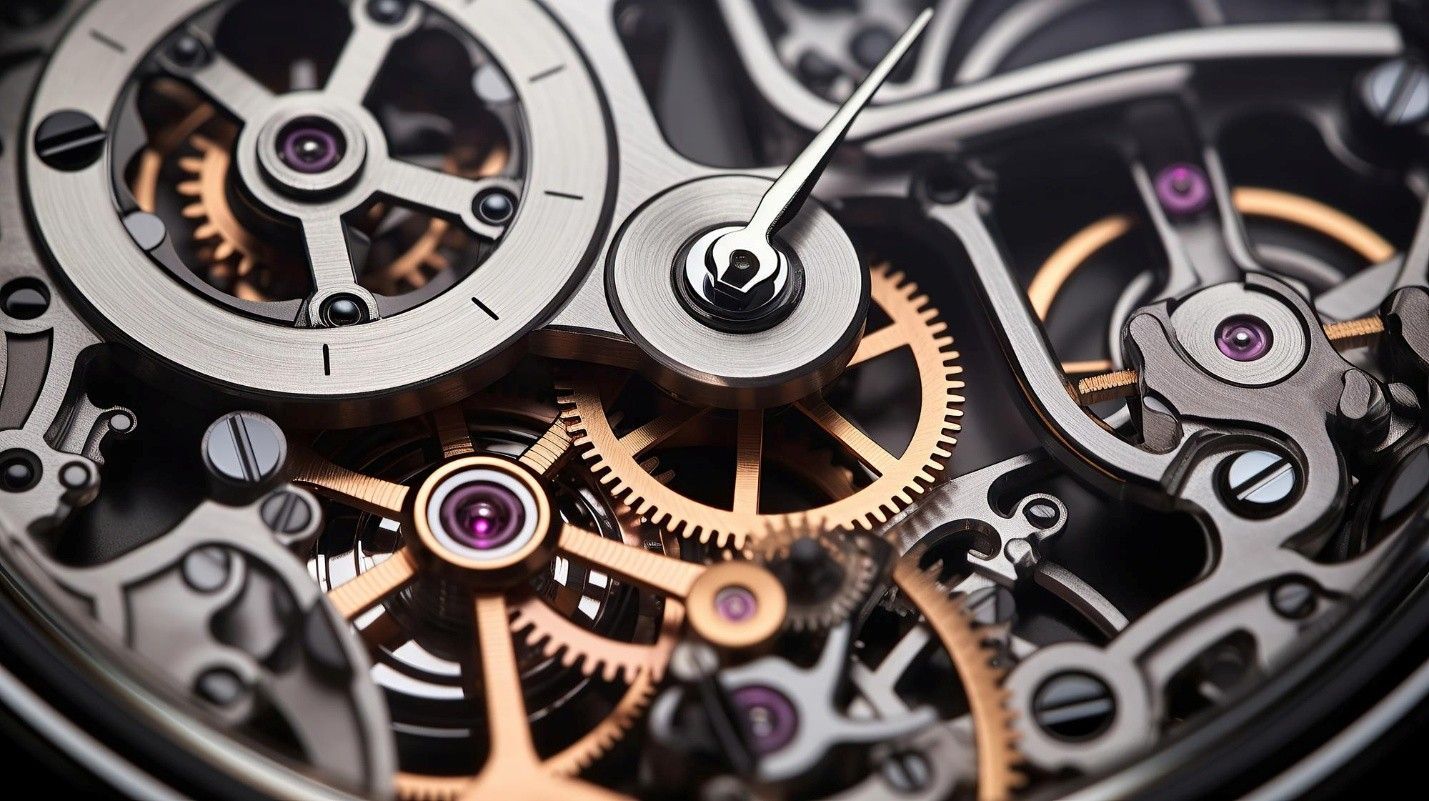Precision in Motion
Business Lessons from Watchmaking

Time is a curious force. It governs every aspect of our lives, yet the devices we use to measure it have become far more than tools. They are symbols of craftsmanship, culture, resilience, and evolution. Among all industries that embody precision and timeless value, few compare to watchmaking. Within that world, Switzerland and Japan stand apart not just as market leaders but as enduring case studies in business transformation, brand philosophy, and operational mastery.
When we think of Swiss watchmaking, names like Patek Philippe, Rolex, and Longines come to mind not only because of their timekeeping mastery but because they have turned heritage into a competitive advantage. Longines, with its winged hourglass logo registered in 1889, holds the distinction of having the oldest unchanged active trademark registered with WIPO [1]. This symbol does not just represent a brand; it represents the persistence of a promise of accuracy, elegance, and trust across generations.
On the other side of the globe, Japan revolutionized the industry in an entirely different way. In 1969, Seiko introduced the first quartz watch, redefining what accuracy meant and offering it at a price accessible to the masses. The so-called “quartz crisis” that followed nearly collapsed the mechanical watch market. But that crisis, ironically, gave rise to one of the most remarkable examples of industrial reinvention in modern history. Rather than compete on volume or cost-efficiency, Swiss brands repositioned themselves by turning mechanical watchmaking into an art form, a luxury, a statement. In doing so, they created emotional and economic value well beyond the utility of simply telling time [2].
Today, we are witnessing a renewed fascination with mechanical watches, even as digital alternatives dominate our wrists. The global luxury watch market was valued at USD 53.69 billion in 2024 and is projected to grow to USD 134.53 billion by 2032, with a compound annual growth rate (CAGR) of 12.23% [3]. What this growth suggests is not just demand, but a shift in consumer mindset. People are seeking meaning in objects. A mechanical watch is no longer the most accurate way to keep time but it is the most intentional. It tells a story of precision, patience, and people.
For business leaders and organizations striving for resilience and relevance in a world of constant disruption, the watchmaking industry offers a surprisingly powerful metaphor. At its core, mechanical watchmaking is an orchestrated miracle of process collaboration. Dozens of components, each crafted with microscopic accuracy, come together in perfect synchronization. From the sapphire crystal to the escapement, every element must be aligned, every tolerance respected, and every deviation understood. In the same way, modern organizations need seamless integration across departments, data flows, and stakeholder inputs. Operational excellence is no longer about rigid hierarchies; it is about harmony.
Japan’s watchmakers also offer lessons beyond technology. Their approach to continuous improvement (kaizen) has become a pillar of business philosophy worldwide [4]. And it aligns beautifully with today’s emerging technologies. Artificial intelligence, for instance, is not simply a tool for automation. It can serve as a digital craftsman, analyzing inefficiencies, predicting disruptions, and amplifying human capability. Just as Grand Seiko’s Spring Drive fused quartz precision with mechanical beauty, forward-thinking organizations can blend tradition and technology to create entirely new categories of value.
In a world where trends shift with the scroll of a thumb, lasting value is rare. The resurgence of mechanical watchmaking shows that people still crave the enduring. As Sistema, our role is not to chase fads but to help organizations build their own winged hourglass: systems, strategies, and structures that last. We do this by aligning process and purpose, by helping companies orchestrate their people and technologies into something more than functional: a movement as elegant and precise as a Swiss watch.
After all, transformation is not a sprint, it is a rhythm. And like the best timepieces, it requires attention to every gear, every dial, every tick.
At Sistema, we support leadership teams in achieving durable transformation by aligning strategy, structure, and execution. Just as world-class watchmakers achieve excellence through precision and integration, we help organizations orchestrate their operating models for resilience and growth. By embedding clarity into complex systems and enabling purposeful collaboration across business functions, we ensure every part of the enterprise moves in harmony toward long-term value.
References
Click any of the icons below to share this post



